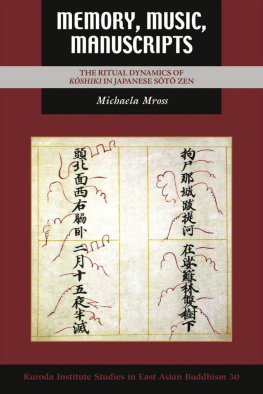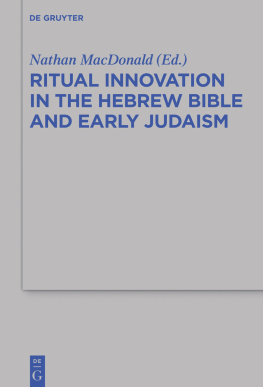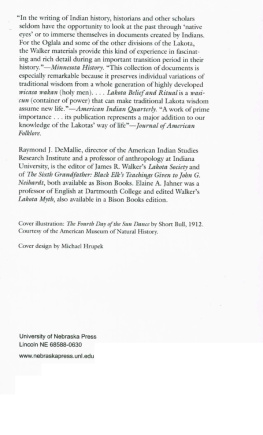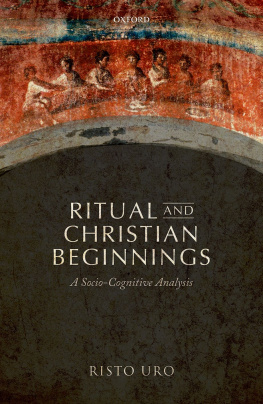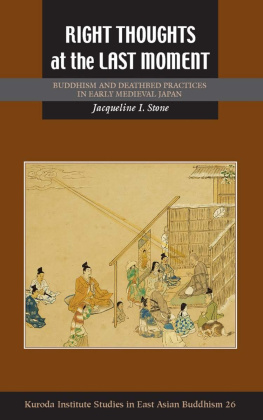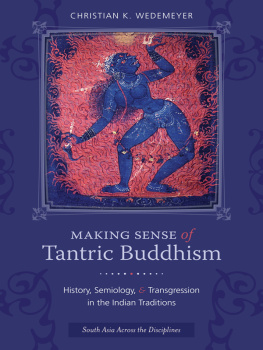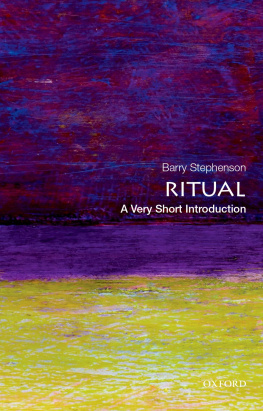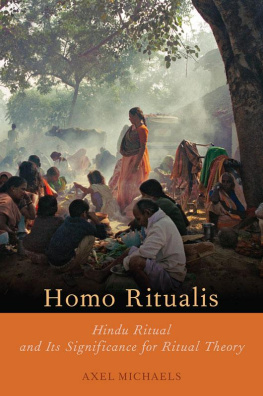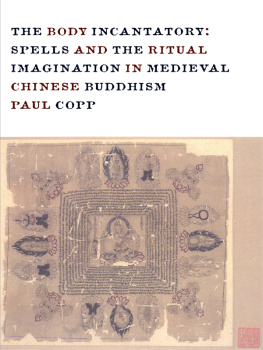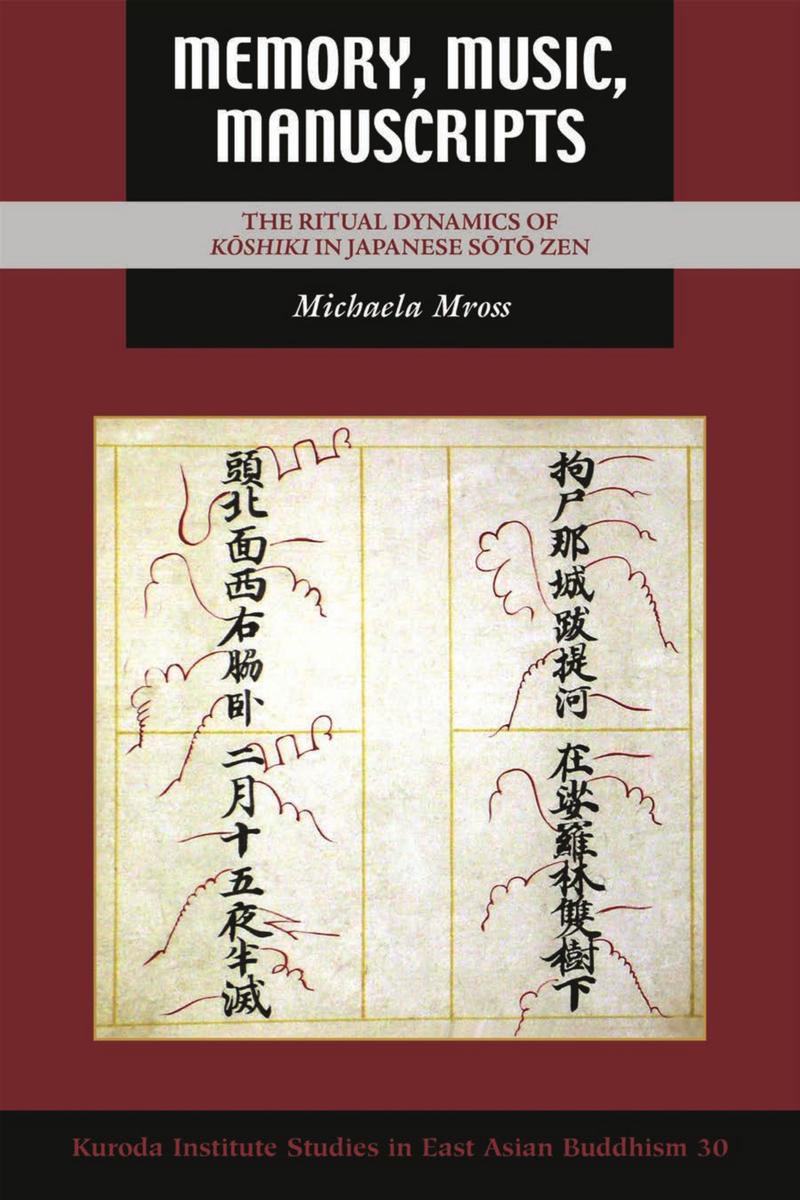iv
2022 Kuroda Institute
All rights reserved
Printed in the United States of America
First printing, 2022
Library of Congress Cataloging-in-Publication Data
Names: Mross, Michaela, author.
Title: Memory, music, manuscripts: the ritual dynamics of Kshiki in Japanese St Zen / Michaela Mross.
Other titles: Studies in East Asian Buddhism; no. 30.
Description: Honolulu: University of Hawaii Press, 2022. | Series:
Studies in East Asian Buddhism; 30 | A Kuroda Institute book. | Includes bibliographical references and index.
Identifiers: LCCN 2021042972 | ISBN 9780824892739 (hardback) | ISBN 9780824892876 (adobe pdf) | ISBN 9780824892883 (epub) | ISBN 9780824892890 (kindle edition)
Subjects: LCSH: StshRituals. | Buddhist hymns, JapaneseHistory and criticism. | Buddhist musicJapanHistory and criticism.
Classification: LCC BQ9423.5.J3 M76 2022 | DDC 294.3/927dc23
LC record available at https://lccn.loc.gov/2021042972
The Kuroda Institute for the Study of Buddhism is a nonprofit, educational corporation founded in 1976. One of its primary objectives is to promote scholarship on the historical, philosophical, and cultural ramifications of Buddhism. In association with the University of Hawaii Press, the Institute also publishes Classics in East Asian Buddhism, a series devoted to the translation of significant texts in the East Asian Buddhist tradition.
University of Hawaii Press books are printed on acid-free paper and meet the guidelines for permanence and durability of the Council on Library Resources.
Cover art: First page of the Nehan k kada narabini Shichisan, a manuscript containing the verses of the Nehan kshiki (1694). The verse shown here is the general obeisance. The lines in red ink indicate the melodic movements. Archive of Sjiji Soin, Monzen. Photo by the author. Used with permission.
T he seeds for this project were sown many years ago when I first visited Japan to spend a summer at Hkji, a remote monastery of the Rinzai school in Shizuoka prefecture. Before coming to Japan, I had imagined that life at a Japanese Zen monastery would be relatively quiet, but to my surprise I encountered a rich soundscape. The sounds of various instruments regulated our schedule, and we chanted sacred texts at least twice a day. What especially caught my attention as a jazz musician was a ritual we performed every morninga rolling reading of the Great Sutra on the Perfection of Wisdom. It started with a recitation of the Heart Sutra at a very fast tempo to dynamic drum playing. The sound of the energetic drum, which at points reminded me of a jazz improvisation, together with our loud voices, broke the silence of the morning.
I left Japan with a deep impression of the vivid soundscape that characterizes a Japanese monastery. As I approached the end of my MA program at the University of Hamburg, I decided to combine my interests in music, Japanese culture, and Buddhism in my masters thesis. With a declared interest in the aural landscape, I started a six-month field study in 2004 to explore the role of music in Japanese Buddhism. At that time, I was introduced to Sawada Atsuko, an ethnomusicologist working on Buddhist music, who in turn kindly introduced me to many temples and monks. Among the latter was Maekawa Bokush, a well-known specialist in shmy (Buddhist chant) of the St school, who has taught at Sjiji and Nittaiji Senmon Sd. Maekawa was very supportive and organized a research trip for me that inspired my study of St Zen rituals in the years to come.
First I visited Eiheiji, the place where Japanese St Zen originated and one of the two head temples of the St school, located deep in the mountains of Fukui prefecture. It was early October, and I fortunately arrived just a few days before the memorial day of Bodhidharma, the semi-legendary Indian monk who is said to have transmitted Chan from India to China. Hearing that I was interested in Buddhist music, a senior monk encouraged me to stay one day longer in order to witness the Daruma kshiki, a ritual for Bodhidharma that was to be performed during the memorial serviceit was, x he assured me, one of the most musical observances of the St school. Thus, I stayed. And indeed the ritual truly impressed me: the novices sang elegant, solemn melodies in several distinctive styles, and all their movements were carefully choreographed.
I then left the green mountains of Fukui for the gray metropolis of Yokohama to visit Sjiji, the other head temple of the St school. Again, I arrived just in time to see another kshiki, this one performed in remembrance of Keizan Jkin, the founder of Sjiji. The monks warmly welcomed me, and thanks to their interest in my researchand to the introduction of Maekawa, who had taught at SjijiI was able to attend several rehearsals that are usually closed to outsiders, especially a foreign woman. The monk in charge of the musical training of the novices was Akiba Tairy, and I observed the meticulous care with which he taught them how to read the musical notation and sing the challenging melodies. Akibas clear voice and elegant singing style invested the whole ritual with a special atmosphere. A month later, when I returned to Sjiji, the monks were again performing a kshikion this occasion, a Rakan kshiki, a ritual for the Sixteen Arhats that had originally been performed by Dgen, the founder of the Japanese St school, and subsequently by Keizan.
These encounters with the liturgical genre called kshiki, which had been almost entirely overlooked in Western Zen studies, piqued my curiosity, and I decided to write my masters thesis on the Rakan kshiki. In the course of that work, I came to realize that the genres rich history in the St school had not yet been thoroughly studied, even by Japanese scholars: Zen scholarship revolved around Dgen and his thought, while scholars of kshiki focused on works associated with the earlier Nara schools. I therefore decided to explore the historical development of this genre in the St school in order to illuminate the vital role of music and ritual in St Zen. I spent six years in Japan, from 2007 to 2013, fully engaged in research on this topic, and after finishing my PhD in 2014, I have visited Japan once or twice a year to continue it. Memory, Music, Manuscripts represents the results of this long and intense period of work on kshiki.
My research was possible because I was able to establish fruitful connections to St priests and institutions while living in Japan. First of all, Maekawa Bokush aided my research in countless ways. He has a wide network, mainly of Sjiji-affiliated priests, and he introduced me to many individuals and institutions. During my years in Japan, I was a visiting researcher at the Research Institute for Japanese Music Historiography at Ueno Gakuen University, where I was able to use the institutes large collection of manuscripts and woodblock prints. I was also a graduate student at Komazawa University in Tokyo, the flagship university of the St school. Being a student there offered me another network, as well as access to an excellent library with a good rare book collection. Komazawa University is also the home of the Stsh Bunkazai Chsa Iinkai (Committee for the study of cultural assets of the St school), which conducts archival work at St temples across Japan and has xi many facsimiles of premodern texts in its archive. The scholars of the Stsh Bunkazai Chsa Iinkai helped me gain access to other temples as well. For example, It Ryk introduced me to Tamamuro Fumio, who allowed me to join his research group in the archive of Sjiji Soin for two subsequent summers. During that time, I had the rare privilege of unlimited access to all the texts in this archive, where I discovered many valuable manuscripts, including a

